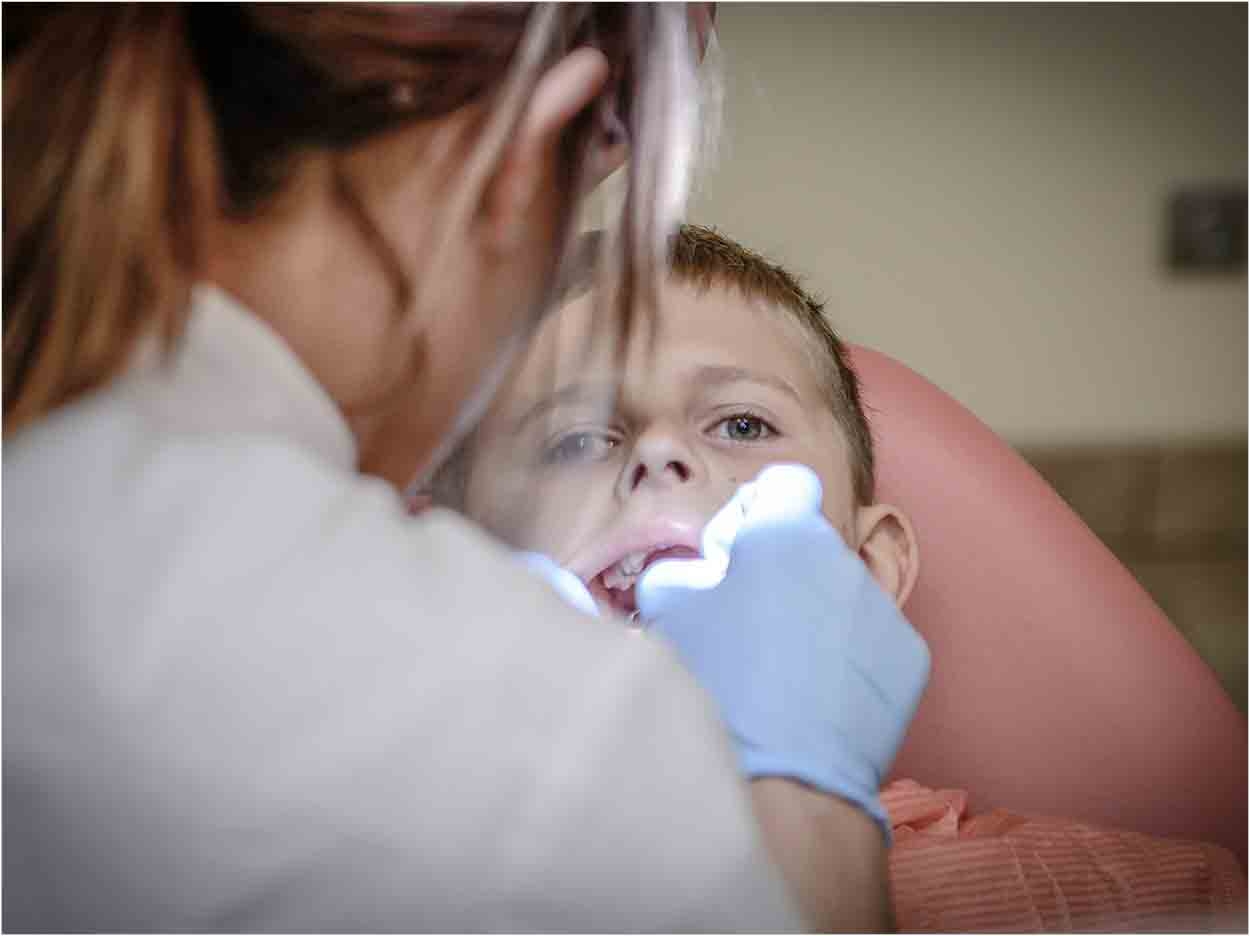
When teeth L and S are first treated with stainless steel crowns (SSCs), they last longer without new treatment compared to teeth first treated with direct restorations, though the difference was small, according to research led by faculty from the Indiana University School of Dentistry. However, the researchers added, the dental care costs of teeth first treated with SSC were considerably higher.
“There is sparse empirical information about the effectiveness of SSCs versus direct restorations when placed in lower primary molars. We evaluated effectiveness through gauging longevity of treatment: 1.3 million insurance claims records were obtained through a partnership between Indiana University and P&R Dental Strategies,” said Gerardo Maupomé, BDS, MSc, PhD, study author and professor at the school. “In this large-scale study, we were able to identify trends directly relevant to real-life dental practice in the United States.”
The data included 12 years of nationwide paid private dental insurance data claims from DentaBase, P&R Dental Strategies’ multi-payer dental data warehouse, from May 2004 through June 2016. It included data for children 18 years of age or younger and the length of time between the first and subsequent treatments, plus dental care provider information, including whether general dentists, pediatric dentists, or practitioners in any other specialty held the claim.
The dentist’s specialty, the type of treatment, and the patient’s age all were significant in predicting failure after the first restoration. For example, teeth treated by pediatric dentists had better survival rates. Also, survival rates exceeded 90% after 5 years for all treatments. Within 3 years after treatment, though, SSCs had an approximately 6% better survival rate.
“This longitudinal analysis of P&R Dental Strategies’ extensive multi-payer database provides valuable insights into the differences in survival rates for stainless steel crowns versus direct restorations on primary mandibular motors,” said Tim Downey, chief analytics officer or P&R Dental Strategies and co-author of the study. “We believe these findings will provide insight on improving the quality of care and lowering costs for treating carious lesions in these specific teeth in the future.”
The study, “Survival Analysis of Metal Crowns Versus Restorations in Primary Mandibular Molars,” was published by JADA.
Related Articles
ACP Releases Patient Guidelines for Restorations
Use a Laser to Replace a Fractured Solid Zirconia Crown
NuSmile BioCem: Superior Strength with Bioactivity












